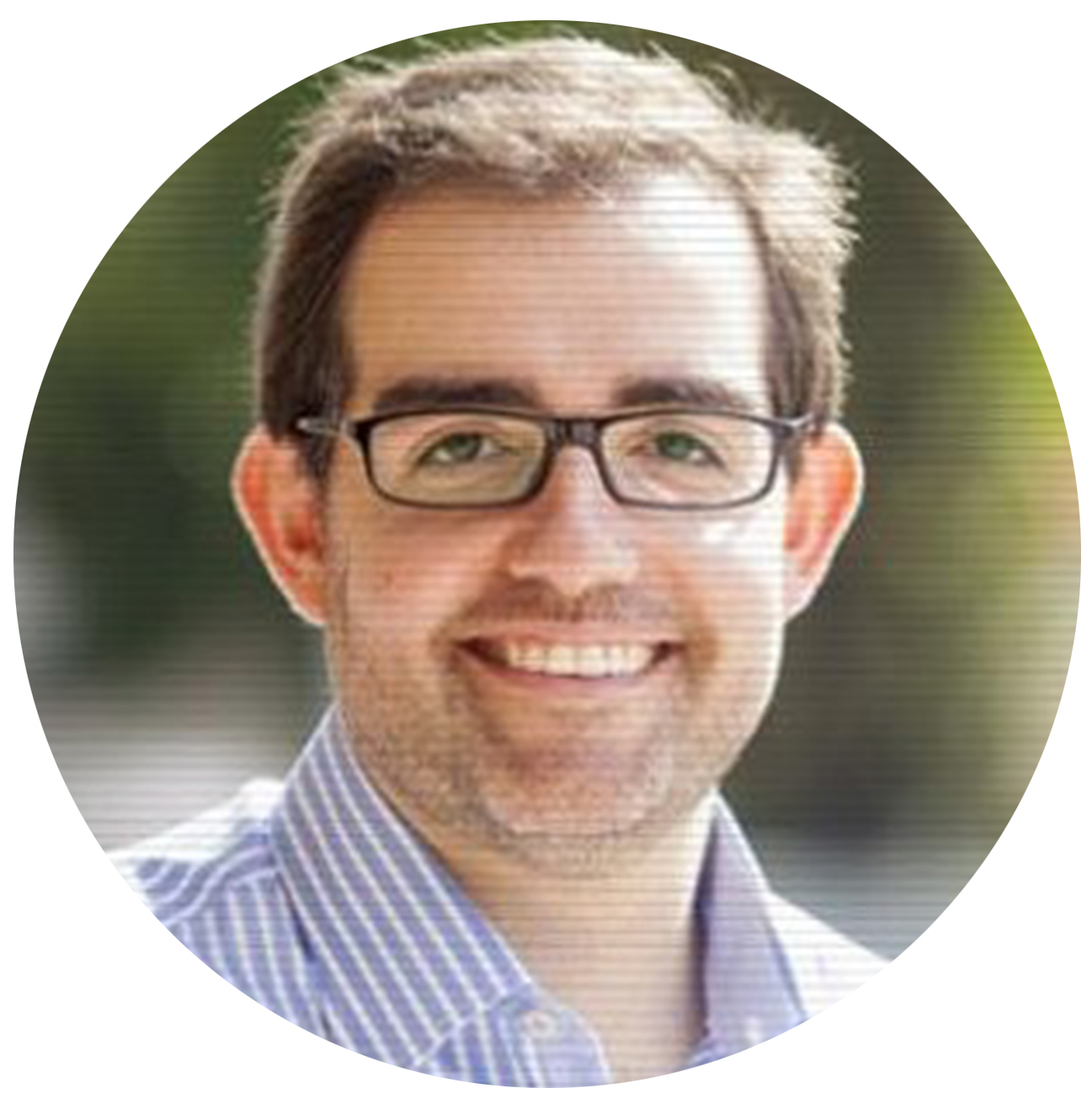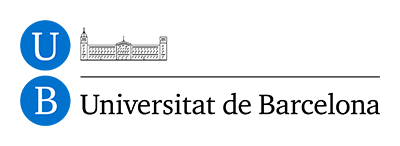Understanding facial anatomy to incorporate to your surgical dissection.
▐ EDUCATIONAL OBJETIVES
Delegates will be taken through a holistic and extensive insight into the essential anatomy of the human face.
Delegates will get a comprehensive understanding of various anatomical layers and structures within fresh frozen cadaver and live surgeries with direct interaction with the surgeons in the OR.
Delegates will get an insight into reading the surface anatomy and avoidance of structures in critical danger zones of the upper, middle and lower face.
Delegates will assist to interactive discussion and review the surgery with Master Classes from the Speakers
▐ COURSE OVERVIEW
DATES:
7 - 10 FEBRUARY 2022 - COMPLETED
23 - 26 MAY 2022 - COMPLETED
▐ COURSE VENUES
HANDS ON CADAVER
University of Barcelona MEDICAL SCHOOL
LIVE SURGERY
CLINICA DIAGONAL BARCELONA
COURSE CHAIRMAN: Javier de Benito M.D.
COURSE DIRECTOR: Artur Díaz Carandell, M.D.
FACULTY: Dr. Basel Sharaf M.D.
FACULTY: Ricard Ramos Izquierdo, MD, Ph.D.
DAY 1
ANATOMY DISSECTION COURSE
The Anatomy sessions are organized in such a way that 3-4 instructors rotate to teach the delegates. 2 delegates for each fresh frozen head specimen.
A layered pre-dissection will be pre-prepared in one head to facilitate teaching. The participants will objectively learn the essential anatomy relevant to the deep plane face lift technique.
An emphasis will be put on an avoidance of complications around facial danger zones:
• Frontal nerve. Anatomical variants.
• Marginal nerve. How to avoid harming it.
• Zygomatic nerve. The most difficult dissection it is explained.
• Auricular major nerve.
• Approaching pre-zygomatic space.
• Removing of bucal fat pad and relations with bucal nerves.
DAY 2
LIVE SURGERY
Participants will be in a auditory where the surgery will be on streaming. live and they will be able to interact directly with the surgeons in the operating
room.
Surgical Procedure is seen live retransmitted with 3 cameras, so the participants won’t miss any detail.
Before the surgery we will have a introduction of the case by the surgeons.
Live Surgery will give:
• The state-of-the-art techniques to be used in each region
• Avoid intra-operative problems
• Tips and tricks of sub-smas. dissection.
DAY 3
LIVE SURGERY
Participants will be in a auditory where the surgery will be on streaming. live and they will be able to interact directly with the surgeons in the operating
room.
Surgical Procedure is seen live retransmitted with 3 cameras, so the participants won’t miss any detail.
Before the surgery we will have a introduction of the case by the surgeons.
Live Surgery will give:
• The state-of-the-art techniques to be used in each region
• Avoid intra-operative problems
• Tips and tricks of sub-smas. dissection.
DAY 4
INTRODUCTION TO MIGRAINE SURGERY
2. Identify anatomy of supraorbital, supratrochlear, zygomaticotemporal and auriculotemporal nerve trigger sites.
3. Identify anatomy of the greater, third, and lesser occipital nerve trigger sites.
4. Plan the surgical treatment of the trigger sites (including frontal and temporal, rhinogenic, auriculotemporal, and greater and lesser occipital).

COURSE CHAIRMAN
Javier de Benito M.D.
-
Plastic Surgeon.
-
Instituto de Benito.
-
Barcelona SPAIN.

COURSE DIRECTOR
Artur Diaz Carandell M.D.
-
Facial Plastic Surgeon.
-
Maxillofacial Surgeon.

FACULTY
Ricard Ramos Izquierdo, M.D. Ph.D.
-
Professor of Anatomy and Embryology.
-
University of Barcelona.

FACULTY
Sam T. Hamra M.D. Ph.D.
-
Plastic Surgeon
-
Mayo Clinic. Rochester. MN

FACULTY
Basel Sharaf M.D.
-
Plastic Surgeon
-
Mayo Clinic. Rochester. MN
Partnership




